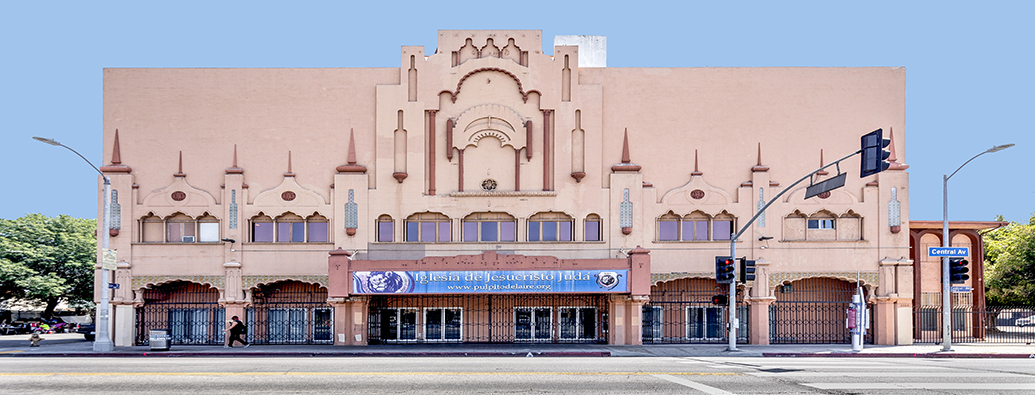
-
Category:
- About
- Communities
The Lincoln Theater, known as the "West Coast Apollo," served as the musical hub of the Central Avenue jazz corridor from the 1920s to the 1950s, hosting African American entertainers from Duke Ellington to Billie Holiday.
African Americans were among the founding settlers of the pueblo of Los Angeles in 1781. Since then, they have enhanced the City’s enduring diversity and uniquely shaped Los Angeles’s history, social geography, politics, economics, religion, and cultural life.
In June 2020, the Department established the Office of Racial Justice, Equity, and Transformative Planning to acknowledge and change the role land planning and zoning have contributed to systemic racism and discrimination in the City’s development. The Office will draft a strategic plan to address issues of equity in employment for Black planners while shifting land planning and zoning to benefit people of color. Also, to preserve the contributions of African Americans, City Planning undertook the African American Context Statement, released in 2018, highlighting the events and circumstances that shaped the Black experience in Los Angeles.
It focuses on the themes and geographic areas associated with important events, identifying locations where significant events took place or where people lived―all with the intent of shining light on the places associated with the rich history and contributions of Los Angeles’s African American community.
That history documents both the successes and challenges faced by the community for the better part of the 20th century, as African American men and women asserted their civil rights to shape their own communities. As early as 1910, the City became the center of the African American population, politics, and business in California and in the West, surpassing San Francisco and Oakland. By the end of the 1920s, several important businesses had been established, and prominent buildings had been constructed on or not far from Central Avenue.
Such gains did not immediately wipe out institutional racism. The most egregious systemic racism was manifested in discriminatory land use practices, which included exclusionary covenants written into property deeds to prevent property owners from selling or renting to anyone who wasn’t Caucasian. Leimert Park, today perhaps the City’s most significant African American cultural center, was originally redlined, prohibiting rentals and sales to African Americans.
African American artists’ and activists’ contributions to entertainment, from music to radio, made a huge impact, even though African Americans did not enjoy the same employment opportunities as White people. The emergence of Central Avenue as an iconic entertainment corridor, the 1940s struggle of unionized African American women, and the rise of Ralph Bunche as the United Nations mediator who became the first Black Nobel Peace Prize laureate are all highlights of the contributions of African Americans to the socio-political development of the City.
Despite recent advances in recognizing African American history in Los Angeles—including the designation of six African American heritage sites as City Historic-Cultural Monuments (HCMs) since 2021—much work remains to be done. Only 4% of the City’s more than 1,250 HCMs currently reflect associations with African American history.
Building on the 2018 Historic Context Statement, City Planning is partnering with the Getty Conservation Institute to initiate African American Historic Places, Los Angeles, an ambitious multi-year project that seeks to identify, protect, and celebrate African American heritage within Los Angeles. The project will reach beyond traditional historic preservation tools to develop broader cultural preservation strategies. It will expand and refine the African American Historic Context document through deeper community engagement and designate 10 additional African American historic places as HCMs. Also, the project will examine all of the City’s existing historic preservation processes and practices through an anti-racist lens.
This work aims to help identify and preserve the places that best represent African Americans’ Los Angeles stories. City Planning will work with communities to develop creative approaches that meet their own aims for placemaking, identity, and empowerment.
Together, we are #Planning4LA.